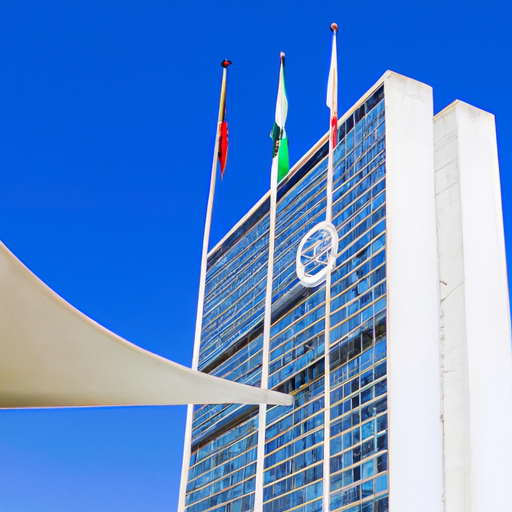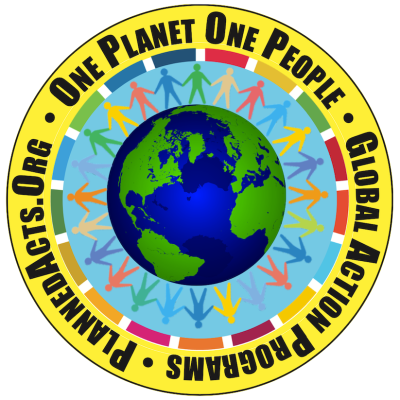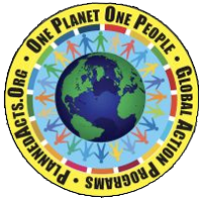

Introduction: Understanding the U.N.’s Sustainable Development Goals for 2030
In 2015, the United Nations (U.N.) adopted the Sustainable Development Goals (SDGs) as a global blueprint for achieving a more sustainable and equitable world by 2030. These 17 goals address a wide range of social, economic, and environmental challenges, aiming to eradicate poverty, protect the planet, and ensure prosperity for all. This article will explore three of these goals in detail: eradicating poverty and achieving zero hunger, ensuring quality education and promoting gender equality, and fostering sustainable cities and communities for a better future.
Goal 1: Eradicating Poverty and Achieving Zero Hunger
Eradicating poverty and achieving zero hunger are fundamental goals that underpin the entire SDG framework. Despite significant progress in recent decades, poverty and hunger remain pervasive issues, with approximately 9.2% of the global population living in extreme poverty and 690 million people suffering from chronic hunger.
To address these challenges, the SDGs aim to ensure that all individuals have access to basic necessities, including food, clean water, healthcare, and education. This requires not only increasing agricultural productivity and improving food distribution systems but also tackling the root causes of poverty, such as inequality and lack of access to resources.
One example of a successful initiative is the Zero Hunger Challenge, launched by the U.N. in 2012. This initiative aims to eliminate hunger, improve food security, and promote sustainable agriculture. Through targeted interventions, such as providing small-scale farmers with access to credit and training, the Zero Hunger Challenge has made significant progress in reducing hunger in several countries.
However, achieving zero hunger and eradicating poverty requires a comprehensive approach that goes beyond addressing immediate needs. It involves promoting sustainable agricultural practices, investing in rural infrastructure, and empowering marginalized communities. By addressing the root causes of poverty and hunger, the SDGs offer a holistic framework for creating a more equitable and food-secure world.
Goal 2: Ensuring Quality Education and Promoting Gender Equality
Education is a powerful tool for empowering individuals and driving social and economic development. However, millions of children and adults around the world still lack access to quality education. Furthermore, gender disparities persist, with girls and women facing significant barriers to education and equal opportunities.
The SDGs aim to ensure inclusive and equitable quality education for all, promoting lifelong learning opportunities and fostering gender equality. This involves not only increasing access to education but also improving its quality and relevance. It requires investing in infrastructure, training teachers, and providing scholarships and financial support to disadvantaged students.
One example of a successful initiative is the Malala Fund, founded by Nobel laureate Malala Yousafzai. The fund advocates for girls’ education and supports projects that provide quality education to girls in developing countries. Through its efforts, the Malala Fund has helped millions of girls access education, empowering them to break the cycle of poverty and discrimination.
Promoting gender equality is also a crucial aspect of achieving SDG 2. By addressing gender disparities in education, the SDGs aim to create a more inclusive and equitable society. This involves challenging societal norms and stereotypes, promoting women’s empowerment, and ensuring equal opportunities for all.
Goal 3: Fostering Sustainable Cities and Communities for a Better Future
As the world becomes increasingly urbanized, the challenges of creating sustainable cities and communities become more pressing. Rapid urbanization, inadequate infrastructure, and environmental degradation pose significant threats to the well-being of urban populations and the planet.
The SDGs aim to create cities and communities that are inclusive, safe, resilient, and sustainable. This involves promoting sustainable urban planning, improving access to basic services, and ensuring affordable housing for all. It also requires addressing environmental challenges, such as air pollution, waste management, and climate change.
One example of a successful initiative is the C40 Cities Climate Leadership Group, a network of cities committed to addressing climate change. Through collaboration and knowledge-sharing, the C40 Cities Group has implemented innovative solutions to reduce greenhouse gas emissions and build climate-resilient cities.
Fostering sustainable cities and communities also requires engaging citizens and promoting participatory decision-making processes. By involving local communities in urban planning and development, the SDGs aim to create cities that meet the needs and aspirations of all residents.
Conclusion
The U.N.’s Sustainable Development Goals for 2030 provide a comprehensive framework for addressing the world’s most pressing challenges. By eradicating poverty and achieving zero hunger, ensuring quality education and promoting gender equality, and fostering sustainable cities and communities, the SDGs offer a roadmap for creating a more equitable, prosperous, and sustainable world.
While progress has been made in many areas, achieving these goals requires collective action and commitment from governments, civil society, and the private sector. By working together, we can transform our world and build a future that leaves no one behind. As U.N. Secretary-General António Guterres said, “We can be the first generation to end poverty, the last generation to address climate change before it is too late, and the generation that ensures a life of dignity for all.”

